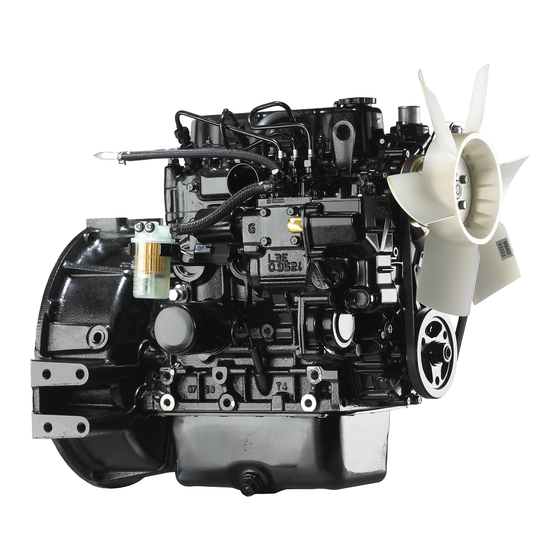
Mitsubishi Heavy Industries L2E Manuals
Manuals and User Guides for Mitsubishi Heavy Industries L2E. We have 1 Mitsubishi Heavy Industries L2E manual available for free PDF download: Operation & Maintenance Manual
Mitsubishi Heavy Industries L2E Operation & Maintenance Manual (78 pages)
L-Series
Brand: Mitsubishi Heavy Industries
|
Category: Engine
|
Size: 3 MB
Table of Contents
Advertisement
Advertisement
Related Products
- Mitsubishi Heavy Industries L-Series
- Mitsubishi Heavy Industries L3C
- Mitsubishi Heavy Industries L3E
- Mitsubishi Heavy Industries L2
- Mitsubishi Heavy Industries L3
- Mitsubishi Heavy Industries L2A
- Mitsubishi Heavy Industries L2C
- Mitsubishi Heavy Industries L2B
- Mitsubishi Heavy Industries L3A
- Mitsubishi Heavy Industries LMK Series
